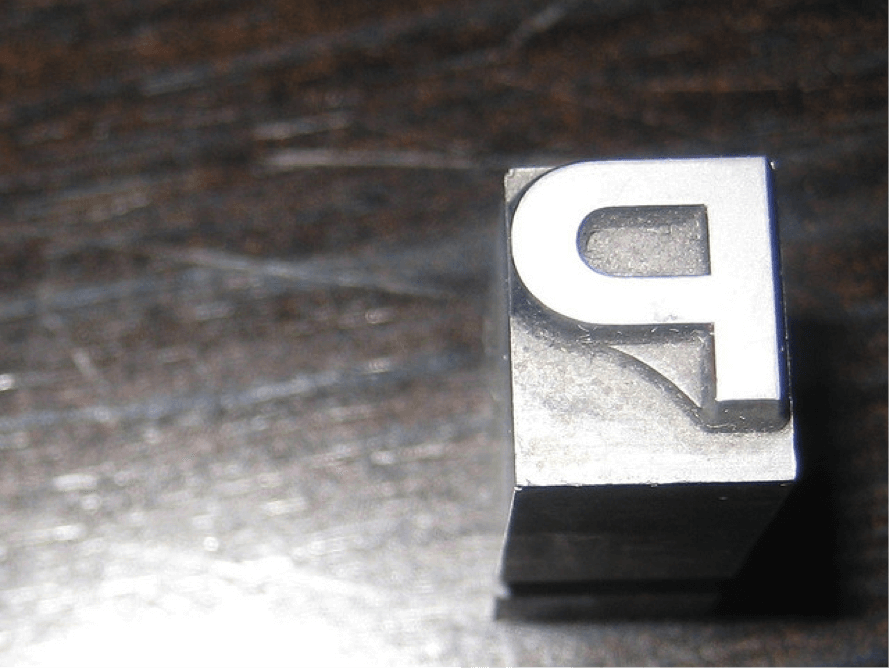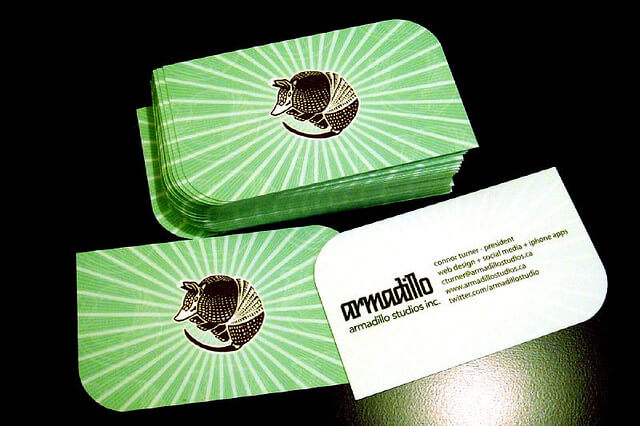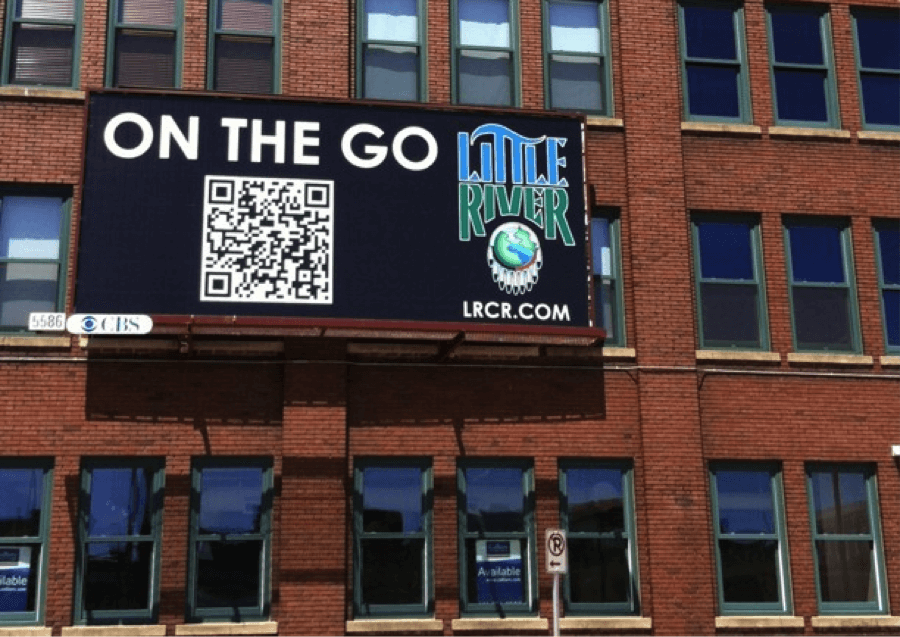Have you heard this before?
Print marketing is dead. Customers don’t respond to it anymore. It’s too expensive. You can’t personalise it. It’s a thing of the past, and if you’re still doing print marketing, you’re living in the Stone Age.
I’m sure you have. It’s a common misconception that print marketing is dead and gone, never to be seen again.
In reality, print marketing isn’t disappearing; it’s thriving. No, it’s not the same as it was a decade ago. It has evolved with the times, but print marketing is fundamentally still print marketing. While the world is going digital and the web keeps getting more crowded, print marketing is now beginning to stand out.
Direct mail still holds a 43% share of total retail advertising, and 76% of small businesses say their ideal marketing strategy involves both digital and print marketing efforts.
Print is still very much alive, and here are a few ways you can use print marketing to differentiate your brand.
Direct (Personal) Mail
I just mentioned it—direct mail.
The criticism most people have with direct mail is that it’s both expensive and un-customisable.
Let’s see what the numbers say.
In a study done by HubSpot, the average response rate for direct mail was 24%, and the average order value was about $68. The calculated ROI of direct mail came out to be about $27 for every one dollar spent.
Not quite as cost effective as email, but effective nonetheless.
In addition, thanks to variable printing, direct mail can be personalised. This type of printing basically works as the find-and-replace function in Microsoft Word, allowing you to change details and customise each piece of mail.
Direct mail may seem like an out-of-date tactic, but with the right strategy, you can still get a good return for your investment. The action steps below discuss a few ways to get the most out of your next direct mail campaign.
Action Steps:
– Determine what value you can provide customers using direct mail (sales promotion, coupon, information, product upgrade, ect.). Always add value.
– Write up the content you’ll include in your mailer . . . and then cut it down by at least 10%. Include only essential information to avoid clutter.
– Design an attractive, enticing graphic for your mailer or hire someone too. You need to grab their attention with a well-designed, unique mailer.
Custom Die Cutting
You don’t have to limit your creativity to the standard double-sided piece of printer paper anymore. Using custom die cutting, you can create a business card that is shaped like a product or a folder that has a uniquely shaped pocket. You can create collateral that physically reflects the characteristics of your brand.
One study shows that people remember what they feel and see more than what they just hear. Not only do you gain an advantage by putting something into the hands of customers, the unique design will make that item more memorable.
Keep in mind that the feel of your print marketing materials can also have an impact. You can create a stronger connection with your customers by eliciting a multi-sense response.
For example, a flier printed on sturdy card stock that has a special texture (like vellum, linen, or kraft) or a coating (like soft touch or satin) creates two layers for customers to feel.
Action Steps:
– Design these types of materials so that every element works toward your goal of promoting your brand identity or message.
– Make sure your designs are both aesthetically pleasing and functional—the folder still has to hold papers.
– Don’t hesitate to work with designers to develop your perfect design.
Monthly (Print) Newsletters
Most companies have an e-newsletter, but not many of these newsletters actually provide real value to customers. Many are just compilations of recent blog posts intended to draw a few more click-throughs.
These kinds of newsletters have a time and place, but if you’re really trying to make an impact on your customers and provide value, consider publishing a print newsletter.
A print newsletter doesn’t necessarily have to be published once a month, but it should be published more than twice a year. It’s hard to keep customers engaged when you’re only reaching out to them every six months.
Customers don’t receive print newsletters very often anymore, so you have an opportunity to grab their attention offline when there are fewer brands shouting to click this and share that.
Action Steps:
– Don’t focus on providing “breaking news” content. You can’t keep up with the web. Instead, create rich content that is relevant but not totally time-sensitive.
– Be conversational in your writing. It shouldn’t sound like a textbook.
– Include special offers, and don’t forget the call to action!
Material Marketing
Print marketing is more than just paper and ink. If you have ever attended a trade show, you know what I mean. Nearly every booth has a little trinket you can take home that has a brand name and contact information on it.
Drink ware, magnets, stickers, pens, key chains, coasters, and even t-shirts are considered print marketing. While recipients see them as gifts, you should see them as an opportunity to keep your brand name at the top of their minds.
Similar to using die cutting, giveaways grab a consumer’s attention and make more of an impact than text alone. Consumers are also more likely to hold onto a branded item when they get back to the office than they are to keep a bulky informational packet.
Action Steps:
– Make your branded items specific to a certain audience—target them like any other print campaign.
– Get creative and make your items stand out. Check out these 11 unique ideas to get the creativity flowing.
– Design functional giveaways that consumers can use more than once.
QR Codes
These last two examples have digital marketing elements and exemplify how print media has evolved over the last decade.
The QR code was first used back in 1994, and since has become a great way for marketers to advertise their website in print media. Instead of listing your URL on a flier or brochure, you can include a QR code that smartphone users can scan and go directly to a page on your website.
You can take customers to a specific landing page or to a promotional page related to a flier’s content without forcing them to type in a longer URL. They go where you tell them.
QR codes make it convenient for customers to get more information, and because they can be customised, you don’t have to worry about them ruining your ad design.
Action Steps:
– Create QR codes that serve a purpose. How does it add to user experience?
– Always link to a mobile site, never a desktop.
– Consider the relationship between QR code sises and scan distance. Think 10:1 (ex: a one inch QR code will have a scan distance of about 10 inches).
– Use a URL shortener for your codes. The more data in a code, the more difficult it is for smartphones to read it.
Print & Social Media, Social Media & Print
Print marketing campaigns can be used to supplement social media, and social media can be used to supplement your print marketing campaigns. They have actually formed a pretty tight relationship.
When was the last time you saw a business card without a LinkedIn URL or a brochure without a link to Facebook?
Television commercials and TV shows now flash hashtags onto the screen to encourage viewers to start a conversation. Billboards frequently ask customers to like a brand on Facebook, and nearly every radio ad will call listeners to follow them for special promotions.
Print advertisements are a great way to draw attention to your social media profiles (like in the examples above), and social media can further strengthen your print campaign by giving customers more information or the opportunity to engage with your further.
Action Steps:
– Avoid these 6 Social Media Mistakes that will ruin your print ads.
– Besides asking for follows and likes, call customers to check out your mobile application (and even include a QR code to take them there).
– Integrate your print marketing campaigns with your social media so users are seeing your message in multiple places, increasing the odds of them remembering it.
Final Thoughts
No one may be talking about print marketing anymore, but that’s not necessarily a bad thing. While companies battle for attention online, you can reach customers offline using a number of different print marketing tactics.
Too expensive? Not customisable? Not worth it?
Not true.
Print marketing is still effective.
How does your company use print marketing?
Share you ideas and thoughts in the comments.
Image: Flickr
Image: Business Card
Image: QR Code







